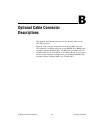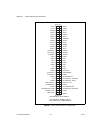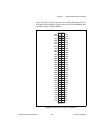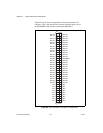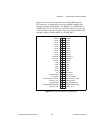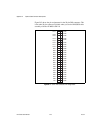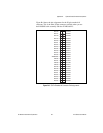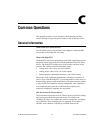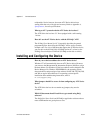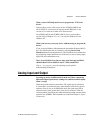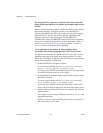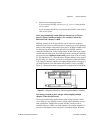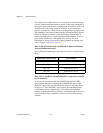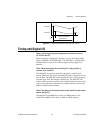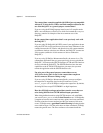
Appendix C Common Questions
AT E Series User Manual C-2 ni.com
relationship. Notice, however, that some AT E Series devices have
settling times that vary with gain and accuracy. Refer to Appendix A,
Specifications, for exact specifications
What type of 5 V protection do the AT E Series devices have?
The AT E Series devices have 5 V lines equipped with a self-resetting
1Afuse.
How do I use the AT E Series device with the NI-DAQ C API?
The NI-DAQ User Manual for PC Compatibles describes the general
programming flow when using the NI-DAQ C API as well as contains
example code. For a list of functions that support the AT E Series device,
you can refer to the NI-DAQ Help (NI-DAQ version 6.7 or later) or the
NI-DAQ Function Reference Manual (NI-DAQ version 6.6 or earlier).
Installing and Configuring the Device
How do you set the base address for an AT E Series device?
Windows NT will automatically detect an AT E Series device. However,
you must use the Measurement & Automation Explorer (MAX) to assign
the base address. For Windows 95, the base address can be changed in the
Device Manager. For Windows 2000/XP/Me/9x, the operating system
detects the device and preassigns a base address. 0x180, 200, 220, 240, 280,
and 300 are typical base addresses. For operating system-specific
installation and troubleshooting instructions, refer to
ni.com/support/daq
.
What jumpers should I be aware of when configuring my AT E Series
device?
The AT E Series devices do not contain any jumpers; they are also
switchless.
Which NI document should I read first to get started using DAQ
software?
The DAQ Quick Start Guide and NI-DAQ or application software release
notes documentation are good places to start.



